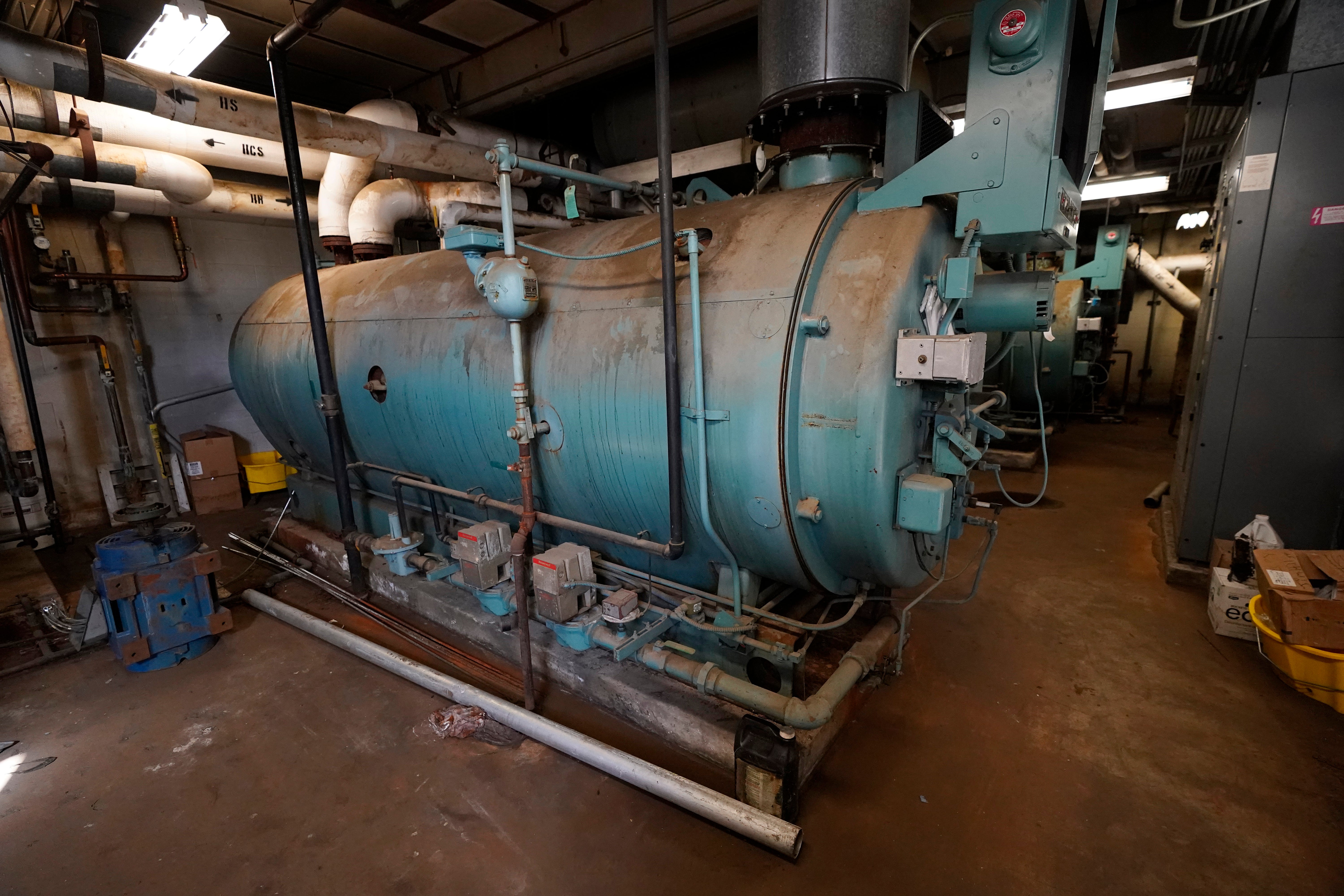LOCALIZE IT: Poor schools spend more US aid money on repairs

EDITORS/NEWS DIRECTORS:
Students long ago returned to classrooms from the pandemic shutdowns, but school systems still have more than a year to spend what remains of $190 billion in federal COVID-19 relief money.
The windfall represents more than four times the amount the Education Department spends on K-12 schools in a typical year.
Schools have enormous flexibility in deciding how to spend their share of the latest and largest round of aid money, which totals $122 billion. Schools have until September 2024 to spend the money.
A new analysis of spending plans from some 6,000 school systems shows districts serving low-income students are far more likely than more affluent districts to spend the emergency relief money on upgrading buildings or transportation systems. That's money they can't spend on teachers, counselors, or other investments in learning.
___
READ AP'S COVERAGE
For poor schools, building repairs zap COVID relief money
___
FIND YOUR LOCAL DATA
There are several ways to explore how the aid money is being used by local school systems:
— The AP's analysis is based on data on shared by market research firm Burbio, which gathered information from school systems around the country on how they planned to spend the aid money. The data is not publicly available, but the firm has shared the data with media outlets that request it. Dennis Roche, Burbio's founder, can be reached at: dennis@burbio.com.
— There are limitations to this data. Many school districts indicated that they would spend money on a particular category, but did not specify how much. There is also sometimes double-counting between different spending categories; for example, money spent on teachers might be listed under both staffing- and academics-related categories.
— The Edunomics Lab at Georgetown University's McCourt School of Public Policy has been tracking the aid money that has been spent so far by school systems. It includes details on how much of the money has already been spent by individual school districts. For some states, it also has details on how the money was spent. The tracker is available here: https://edunomicslab.org/esser-spending/
— The U.S. Education Department also shares overview data on how much of the aid money has been spent by school systems as of the end of 2022. It has more details on how each state used its relief funds up to the 2020-21 school year. This data is available here: https://covid-relief-data.ed.gov/
___
TAKE YOUR REPORTING FURTHER
— Individual school systems can provide details on how they determined priorities for spending the money, how much they have spent so far and the plans they have for what is left. Schools serving high-poverty areas received much more aid money per student.
— In low-income areas where school buildings and infrastructure may have been neglected, how much of the aid money is going toward fixing problems that pre-date the pandemic? Do educators and families feel enough is being invested in tutoring, counseling and other strategies to help students recover from learning loss and trauma tied to the pandemic? Ask families what, if any, assistance their child has been offered, such as tutoring or counseling. Ask school systems how many students have used those services.
— In districts that are investing heavily in infrastructure, what is the timeline for completing the projects? How have timing and cost been affected by supply chain disruptions and labor shortages? Will the improvements be completed in time to benefit students most directly affected by the school shutdowns?
— As the deadline approaches for spending the aid money, what plans do school systems have for their remaining balances? Are there districts in your area that have far more left to spend than others? And are schools' needs changing in a way that has led them to prioritize differently how they want to spend the money?
— How much transparency has there been around the decision-making process for spending the aid money? How and where have schools sought community input, and is there consensus around spending priorities? Did your state require school districts to specify exactly how much they were spending in different categories?
___
Localize It is an occasional feature produced by The Associated Press for its customers’ use. Questions can be directed to Katie Oyan at koyan@ap.org.
Bookmark popover
Removed from bookmarks